In many applications involving magnets—such as in motors, sensors, magnetic assemblies, and educational experiments—knowing which end is the north pole (N) and which is the south pole (S) is essential. However, since magnets often look symmetrical, the poles are not always visually obvious. Here are some common and effective ways to distinguish between the north and south poles of a magnet:
1. Use a Compass
A magnetic compass is one of the simplest tools for pole identification. The red tip of a compass needle points to the Earth’s magnetic north. When you bring a magnet near the compass:
- If the compass needle is attracted to one end of the magnet, that end is the south pole of the magnet (since opposites attract).
- If it repels the red needle, that end is the north pole.
2. Labeling from Manufacturer
If you’re working with commercially supplied magnets, many suppliers (including GESmaterials) label or mark the poles during production—especially for disc and block magnets. Look for:
- Laser markings (e.g., “N” or a dot)
- Color-coded stickers
- Polarity charts provided with the product
3. Use a Known Magnet
If you have a magnet with clearly labeled poles, you can use it to test an unknown magnet:
- Bring one end of the known magnet close to one end of the unknown magnet.
- If they attract, the ends are of opposite polarity.
- If they repel, the ends are of the same polarity.
4. Use a Magnet Pole Identifier Tool
Specialized magnet pole identifiers (magnetic polarity testers) are available in the market. These devices often contain a Hall effect sensor and an LED indicator:
- The LED lights up in different colors to indicate N or S.
- These are especially useful for small magnets or magnets embedded in devices.
5. Floating Method (For Cylindrical Magnets)
You can place a bar-shaped magnet on a piece of Styrofoam or cork and let it float freely on water. It will align itself with the Earth’s magnetic field:
- The end that points toward the geographic north is the magnet’s north pole.
Conclusion
Knowing the correct polarity of a magnet is essential for ensuring proper alignment in magnetic systems. Whether you’re assembling a magnetic rotor, testing magnet sensors, or handling precision devices, identifying N and S poles accurately helps avoid costly mistakes. If you’re unsure, GESmaterials offers testing and polarity-marking services to assist our customers.

